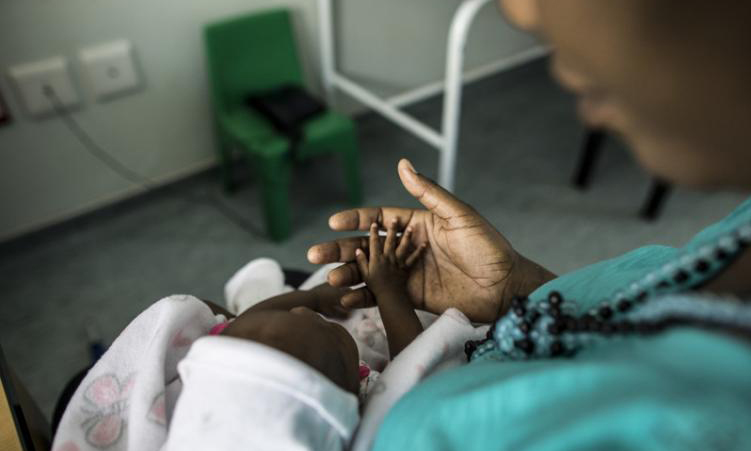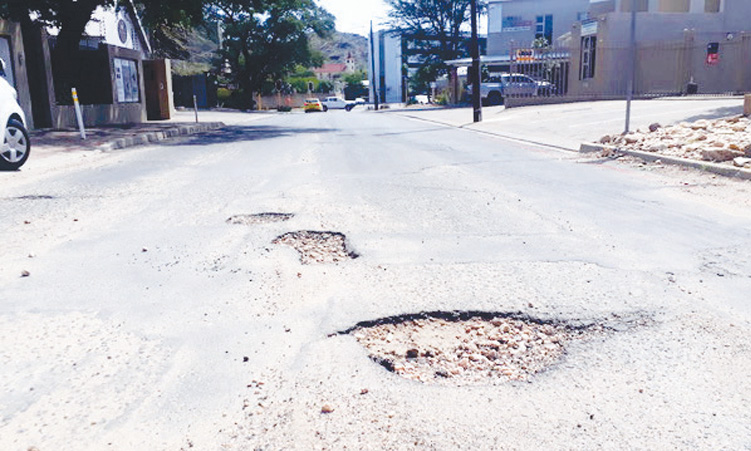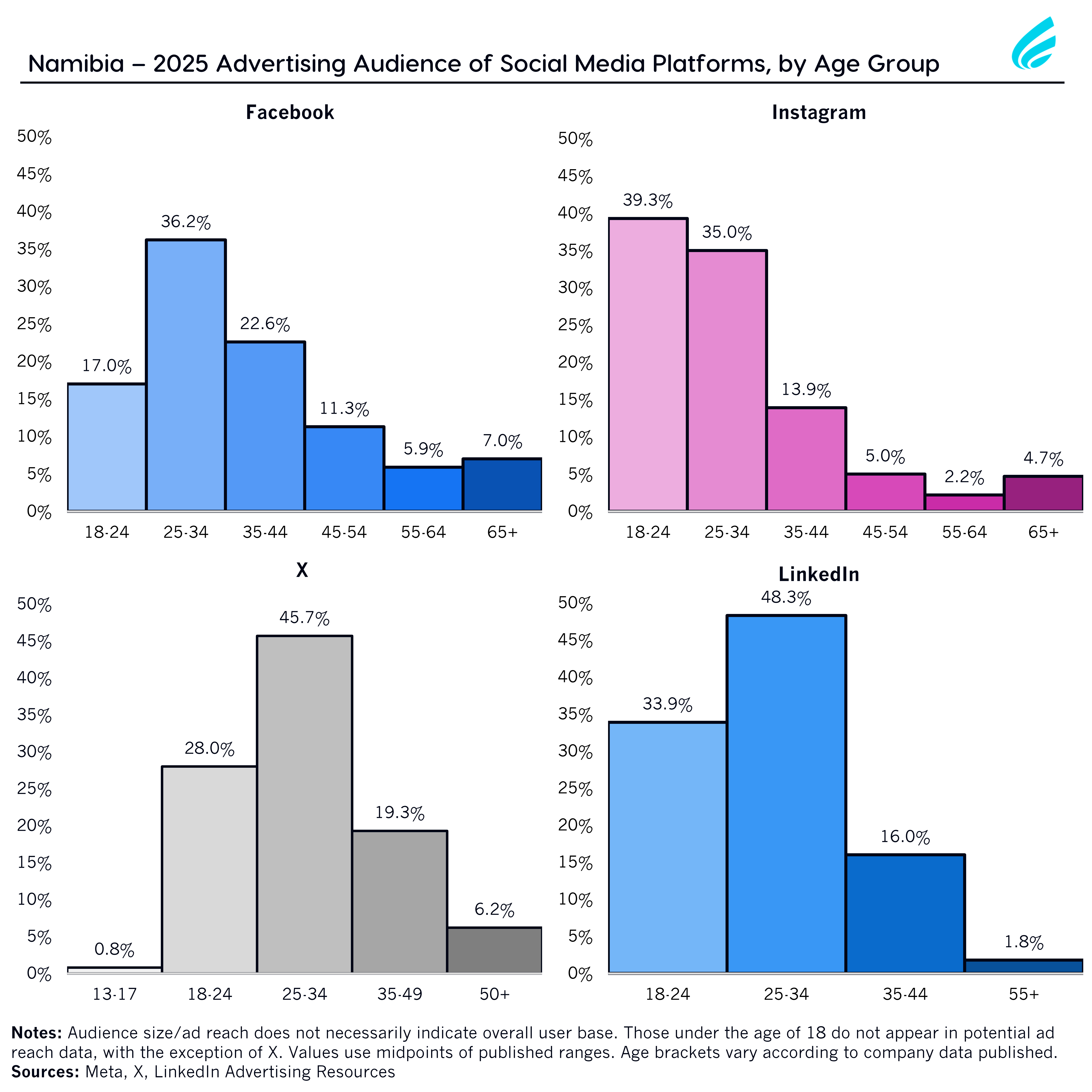About 98,5% of children born to HIV-positive mothers in Namibia last year were HIV-free, health minister Kalumbi Shangula said at a World Health Organisation (WHO) summit last week.
He noted that the country has made significant progress in eliminating mother-to-child transmission (MTCT) of HIV and hepatitis B.
Shangula said Namibia has been certified by the WHO for achieving the silver tier on the path-to-elimination (PTE) of MTCT of the hepatitis B virus, and the bronze tier on the PTE of MTCT of HIV in 2020 and 2021.
“The overall MTCT rate of HIV was 4,02% in 2020, which translates to 603 MTCT cases per 100 000 live births, and 4,41% in 2021 [translating to] 594 MTCT cases per 100 000 live births,” he said.
Shangula added that public health facilities also provide pre-conception counselling for HIV positive women and men who are planning to conceive, to do so safely.
“These services have been decentralised to rural clinics, outreach points and community-based antiretroviral therapy sites to increase access. We have trained community healthcare workers to ensure service availability and quality,” Shangula said.
According to the minister, the deployed community health workers are trained and conduct follow-ups on mother-baby pairs at community level until babies graduate from the prevention of mother-to-child transmission (PMTCT) programme when they are declared HIV negative and no longer being breastfed.
Namibia implemented a government funded PMTCT transmission of HIV programme in 2002. The PMTCT programme is integrated into maternal and child health service delivery settings, namely antenatal care, labour/delivery and postnatal care services.
The goal of the PMTCT programme is to eliminate MTCT transmission of HIV with a target to achieve an MTCT rate of less than 2% by 2028 by implementing interventions that address pillars such as prevention of unintended pregnancies in women living with HIV, among others.
Shangula used the platform to acknowledge that Namibia received an award from United States global AIDS coordinator and special representative for health diplomacy John Nkengasong for achievements made with the 95-95-95 UNAIDS fast-track targets toward ending AIDS as a public health threat in 2023.

“Namibia achieved 94-97-95. This is another indication of the progress we are making in the overall HIV-AIDS response,” he said.
The summit, which brought together delegates from across Africa and key role players in the global health sector, saw the launch of a charter aimed at strengthening Africa’s health workforce through investment by governments and partners.
According to Shangula, the Africa Health Workforce Investment Charter is a compass pointing towards a brighter future for Africa with adequate human resources for health, made possible through deliberate interventions of African governments, institutions and the support of development cooperation partners.
“The forum provided a platform for the delegates to unpack the challenges related to the health workforce in Africa, to identify the shortcomings and map out opportunities and the areas of potential to change and improve the status quo,” Shangula said.
He highlighted that the charter must be implemented to ensure a fit-for-purpose African health workforce for emergencies, service delivery and robust healthcare systems.
He added that the charter will take Africa a long way towards the attainment of the Sustainable Development Goals and the aspirations of Universal Coverage.
“We fully support the goal of the Africa Health Workforce Investment Charter of halving Africa’s health workforce shortage by 2030,” Shangula said.
Stay informed with The Namibian – your source for credible journalism. Get in-depth reporting and opinions for
only N$85 a month. Invest in journalism, invest in democracy –
Subscribe Now!










